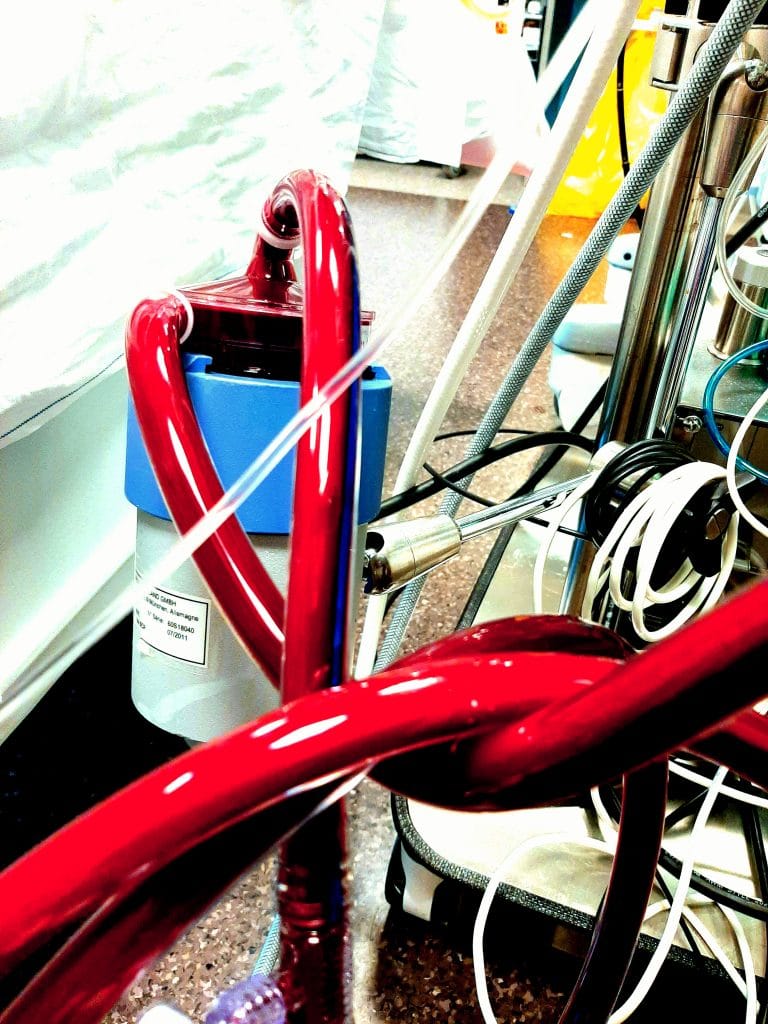Hemodilution Increases the Susceptibility of Red Blood Cells to Mechanical Shear Stress During In Vitro Hemolysis Testing

The American Society for Testing and Materials (ASTM) F1841 standard for the assessment of hemolysis in blood pumps recommends using phosphate-buffered saline (PBS) for hemodilution to standardize hematocrit (HCT). However, PBS increases red blood cell mechanical fragility and hemolysis. Herein, we investigated diluents and dilutions during in vitro testing to reduce hemodilution bias when assessing hemolysis. Bovine blood was diluted with either PBS or PBS + 4/6 g% bovine serum albumin (BSA) to a 70/90% blood dilution, or to an HCT of 30% ± 2%, and pumped with the CentriMag or RotaFlow under hemodynamic conditions. Separately, bovine and human blood were subjected to ventricular assist device–like shear stress using a vortex. Plasma-free hemoglobin levels, normalized milligram index of hemolysis (mgNIH), and protein concentrations were analyzed. Hemolysis depended on the diluent and final blood concentration. Seventy percent of blood diluted with PBS alone caused significantly greater hemolysis than PBS + 4/6 g% BSA. However, at 90% blood, PBS + 4/6 g% BSA caused significantly greater hemolysis than PBS alone. Hence, a positive correlation between mgNIH and hemodilution was observed with PBS and a negative correlation with PBS + 4g% BSA. PBS alone significantly reduced the total protein concentration. Hemodilution with BSA maintains protein concentration within a physiologic range and reduces bias during hemolysis testing at high blood dilutions. Thus, American Society for Testing and Materials standards could consider including BSA as a diluent, when and as required: where large dilution is required (<83%) use PBS + 4 g% BSA, otherwise use PBS alone.
